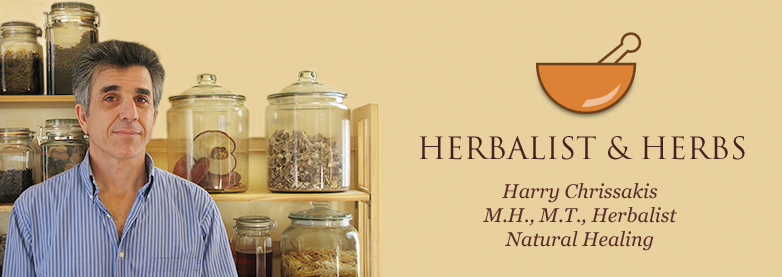A 53 year old woman presents with breast cancer. Her pathology and biopsy report show a 1 centimeter tumor in the right breast, a slow rate of division, that the cancer is still sensitive to estrogen and progesterone, nucleus is improperly developed, tumor is her2 positive (a growth factor receptor found in 30% of newly diagnosed breast cancer) and that it has invaded surrounding tissue (invasive ductal carcinoma, which takes an average of 20-25 years to develop to this stage and constitutes 70% of all newly diagnosed breast cancer). It is recommended by the Oncologist that she get a lumpectomy, radiation and chemo.
The lady agrees to the surgery but not the chemo or radiation. She also decides to wait 2 months before going into surgery. When she gets her surgery she requests a live sample of the tumor be sent to a lab that tests chemo agents against the live cancer cells to see what drugs the cancer is sensitive to. This costs is out of pocket and very important to getting things right. This will not be done unless requested and is incomprehensible as to why. It needs to be part of standard procedure in order to reduce error.
In terms of surgery, there is a lot that can be done pre and post surgically to speed healing time and reduce inflammation and oxidative damage as well as help the body effectively remove administered drugs. This is a big deal as the surgery and the drugs can help promote the cancer (inflammation and oxidative damage). She is released after the surgery and told if she does not pursue the oncologist’s protocol (chemo and radiation) there may be dire consequences.
The live tumor test results show that she is resistant to a number of chemo agents and being that the cancer is estrogen and her2 positive, there is also a very good chance that tamoxifen ( a drug recommended to her to take ) will not work. This patient asks for a number of blood tests from her Doctor, who in turn agrees to pursue half of them. She is now forced to go to an online lab and order the rest of the tests out of pocket. Extra test results show she has elevated glucose, insulin and that her blood quality is off (it is too thick ). Taking chemo without normalizing these easy to test for factors is taking unnecessary risks. All chemo raises clotting factors and with this kind of common profile, the chemo could increase those clotting factors to lethal levels and induce a clot which could very well kill the patient. She is low in Vit. D, repair blood proteins and has elevated homocysteine. Glucose, insulin and homocysteine at elevated levels induce inflammation, oxidative damage, accelerate cell division, and help to create multi drug resistance. Hair analysis, for toxic metals and trace mineral levels show high mercury and cadmium level and low zinc and magnesium levels. Further testing shows that she has some genetic anomalies that could cause severe problems in terms of drug reaction (that her body would not metabolize or detoxify a number of the recommended drugs properly). Genomic tests can be run on the original tumor sample to further profile the cancer. All the negative results can be normalized with proper intervention. This is exactly what this patient does.
After she gets her surgery, recovery is fast due to how she prepared for it. This takes away a large advantage that the cancer will use if it is allowed to (post surgical inflammation, oxidative damage and immune suppression). She decides to wait on the chemo and radiation and continues on a relatively aggressive protocol of natural medicine. She continues to blood test every 3-6 months in order to monitor the cancer. She is 12 years out with no sign of cancer. She continues to apply natural medicine (at this point protocol has transitioned to maintenance and is therefore much smaller) throughout this period as well as continued testing 1-2x year. She is actually much healthier than she was 12 years ago.
